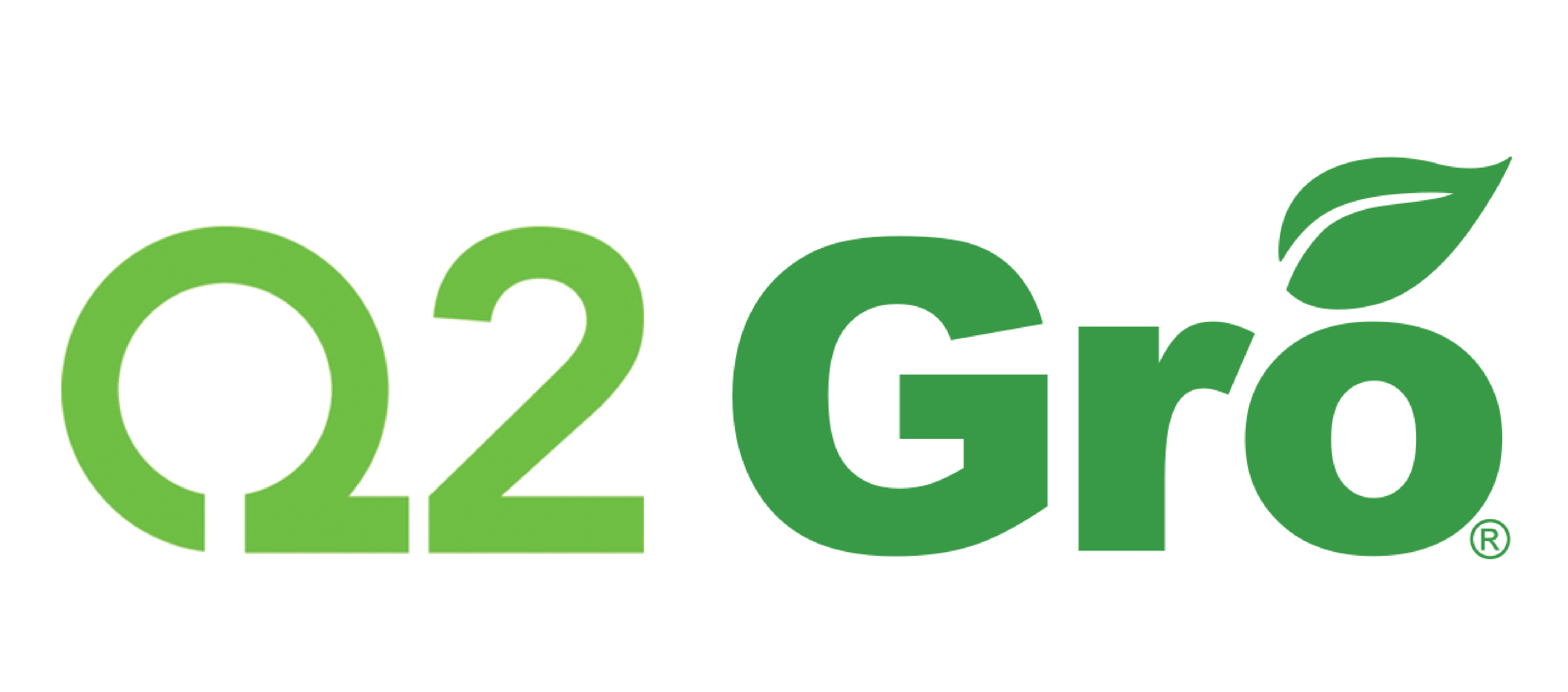

Digital sales is where the puck has gone, if you look at Q2’s announced acquisition of Gro Solutions and a string of other recent deals. A consumer and small business digital account opening provider that has seen a lot of success since the product’s launch just over four years ago, Gro brings nearly 60 bank and credit union clients to the 400+ existing clients Q2 claims. The Gro addition would round out Q2’s origination capabilities following the acquisition of Cloud Lending Solutions a mere six weeks prior. And it follows a string of Q2 acquisitions over the last few years, including:
Add this string of purchases to what Q2 developed internally, including:
What most of Q2’s recent acquisitions – certainly Gro and Cloud Lending – have in common is that the new capabilities can explicitly drive revenue for a financial institution. Believe us when we say we get “experience,” but hard-nosed bank execs are looking at their resource spend and increasingly (and rightly) saying, “Show me the money. New money.” And, in a hypercompetitive and rising rate environment: Better money. The Achilles heel of standalone transactional digital banking providers is the desire to charge banks more for their usually stronger user interfaces than the core provider-based solutions, but they’ve struggled to show the increased revenue impact to connect the ROI dots.
Bridging digital sales with digital service is white hot right now with a flurry of related investments including Jack Henry/BOLTS, Adobe/Marketo, Kony/Pivotus, Finastra/Malauzai, Meridianlink/CRIF, FIS’ Digital One related investment in Zenmonics and Fiserv’s announced internal build/launch of Originate. Brad Smith framed up the situation while discussing Pivotus (now Kony) from the American Banker digital conference: Aligning business and digital strategy can (and should) be done.
So How Does Gro Fit In?
Gro brings a solid digital account opening platform, something Q2 was pursuing internally. So any Q2 clients pursuing the internally developed approach need to be asking some questions. Gro brings an interesting approach to leveraging cellular providers to ease data gathering during an account opening process. While financial terms of the deal weren’t disclosed, the mashup seems to make sense especially when you figure Gro and Q2 both address consumers and businesses. But this isn’t all unicorns and rainbows for Q2. There are at least three challenges here that Q2 and its clients face:
So, congrats to Q2 for skating where the puck is going, but Q2 should check its peripheral vision for new, bulkier, slashing heavies skating at them with an eye to check them into the wall.
Banks and credit unions – and not just clients of Q2 – should keep a close eye on fintech developments. As Cornerstone President Steve Williams points out, standalone digital origination platform providers are quickly getting locked into big vendor relationships. All these mashups could turn out as wins for banks and credit unions that have partnered systems. Yet for those with pairings left out of the mix, the cast of players has now been reduced.
To quote Wayne and Garth, Game on!
Special thanks to Ryan Myers, Brad Smith, Terence Roche and Steve Williams for their contributions to this article.
There is a more fundamental switch occurring in Tech that puts players like Q2 at risk. By combining the API power of an Enterprise Service Bus (ESB) connecting to Micro Services and then combined with the Digital Experience capabilities of a solution like React the entire workflow can be curated within an organizations existing digital experience layer. While this takes some investment in the ESB and React developers this is well within the capabilities of even smaller shops that are willing to learn their way into digital. Gonzo has extolled the virtues of the API world and it is dawning quickly!